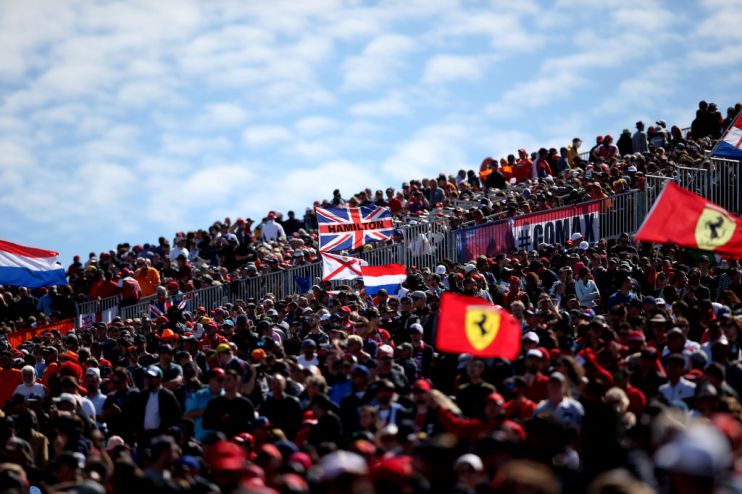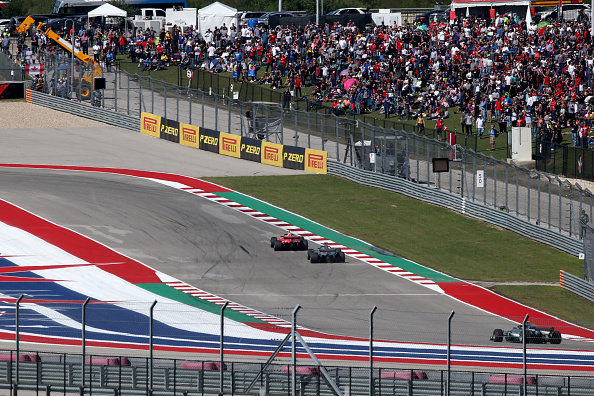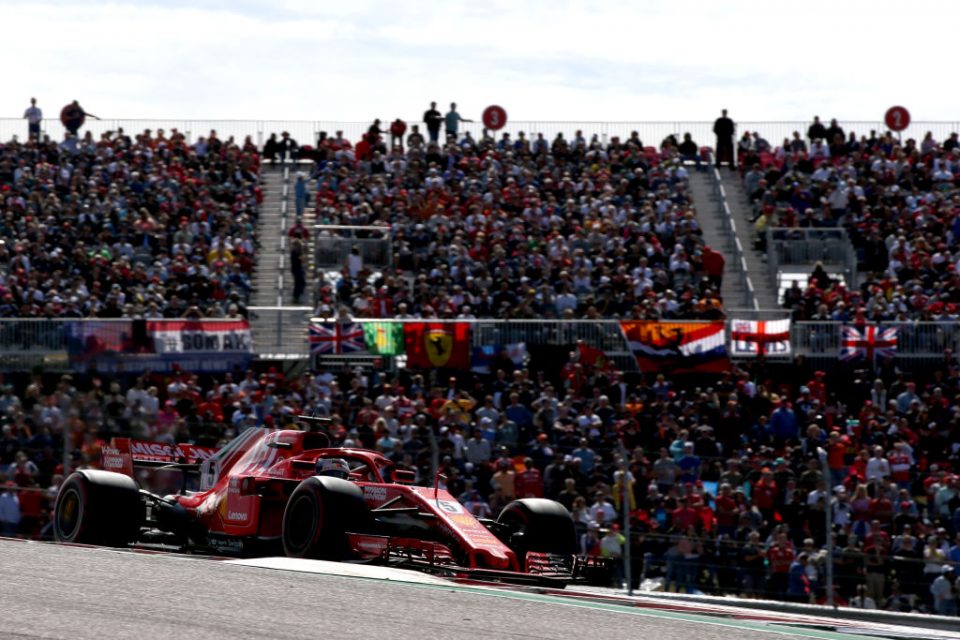United States Grand Prix key part of Liberty Media’s grand plan for Formula One expansion

Formula One returns to Austin, Texas this weekend for the United States Grand Prix, a race with a growing symbolic significance for owner Liberty Media’s ambitions for the sport.
An exciting track designed specifically for F1 by German engineer Hermann Tilke, it is one of only five anti-clockwise circuits on the calendar and has seen all of Mercedes, Ferrari and Red Bull claim wins since the first visit in 2012 – even if Lewis Hamilton has won the majority.
Tilke, who also designed tracks in Malaysia, Bahrain, China and next year’s inaugural Vietnam Grand Prix, has been criticised in some quarters for producing boring circuits, but this one combines motor racing’s best elements, with gradients, cambers and plenty of overtaking opportunities.
Read more: Interview with Liberty Media’s director of marketing Ellie Norman
Its position in the calendar has also resulted in the drivers’ championship being at stake on more than one occasion, with Hamilton holding off Nico Rosberg in 2015 to win the title, while last year a Kimi Raikkonen win delayed the Briton’s fifth coronation.
Liberty’s blueprint
On Sunday Hamilton will have the chance to seal his sixth, as the championship comes down to yet another decisive weekend in Texas.
But perhaps more significant to Liberty’s blueprint for F1 is the circuit’s close proximity to the city of Austin – home to 1m people, live music and southern American culture.

“Texas for me is about live music and of course BBQ ribs, as well as the fun of the race,” Renault’s Daniel Ricciardo told The Telegraph.
“The track is really cool; I really like overtaking on it. There are just so many opportunities. The social side of the city is a lot of fun and I like my live music, so Austin is a great place to be.”
The series’ American owners are trying to make race weekends about more than just motor racing in a bid to broaden the sport’s appeal. And while this is not the only grand prix to boast an array of entertainment away from the track, it is considered among the best and this year includes live performances from the likes of Pink and Imagine Dragons.
Bigger attendances
The numbers suggest it has had some success. Attendance increased from 224,011 in 2015 to 263,160 last year. In 2018 it was the fourth most attended race weekend of the year, behind only the British, Australian and Mexican grands prix, with a race day attendance of 111,580.
It was still slightly down on 2016’s peak of 269,889, but race organisers at the Circuit of the Americas are expecting this year’s attendance to be the biggest yet.
“We are on track to have the biggest attendance of any race so far – the reserved seats already sold out in July. We are thinking of where we can build new grandstands to accommodate more fans,” said the circuit’s chairman, Bobby Epstein, in August.

He cited the docuseries Drive to Survive, a collaboration between Netflix and F1, as one of the factors boosting ticket sales, and this increasing Americanisation of the sport is likely to continue as Liberty searches for innovative ways to grow revenue.
And it is not just the eye-catching, NFL-style add-ons to the show that are making it more American, with F1 this month announcing plans to introduce a Miami street race to the calendar from 2021.
American expansion
The proposal would see the track loop around the Miami Dolphins’ Hard Rock Stadium in the city centre, with one economic forecast claiming it would generate a $400m boost.
There are a series of hurdles to overcome before a second race in the USA is confirmed – assuming that Austin keeps its place on the calendar – but it is another clear sign of Liberty’s determination to expand F1 in its native market.
Commercial boss Sean Bratches has long spoken of his desire to hold races in “destination cities” across the US.
With a likely record attendance in prospect on its latest return, it seems North America is set for an increasingly important role in F1’s future.
Main image credit: Getty Images